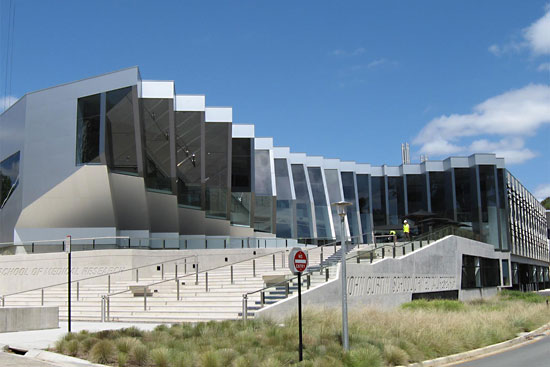ANU: Extra 1,500 pumped hydro sites could bolster energy grids
Researchers from The Australian National University (ANU) have released a detailed study outlining 1,500 additional locations across the country that could potentially be used to build pumped hydro energy storage (PHES) facilities.
If developed, the sites would be key to developing cost-effective, reliable, and 100 per cent renewable electricity grids.
The study follows on from the team’s 2019 identification of 530,000 potential pumped hydro sites across the globe.
PHES requires a pair of water reservoirs at different elevations as water is pumped from one reservoir to another. The electricity generated during this process can be stored and used at a later time.
“On sunny and windy days, water is pumped uphill from the lower to the upper reservoir. On calm days or at night, the water returns downhill from the upper to the lower reservoir to generate power,” Professor Andrew Blakers, from the ANU College of Engineering, Computing and Cybernetics, said.
“This process can occur continuously for more than 50 years, making PHES a viable long-term storage solution to support solar and wind generated electricity and help the nation reach its target of achieving net zero.”
The ANU Bluefield PHES Atlas is designed to help accelerate Australia’s adoption of renewable energy systems and help the country reach its emissions reduction targets. Bluefield PHES sites are locations that already have an existing water reservoir that can be utilised. This means only one more reservoir needs to be built in order to achieve a PHES ‘pair’.
“Basically, we searched near every existing reservoir in Australia to find a potential matching reservoir site,” Professor Blakers said.
ANU student Ryan Stocks, who was heavily involved in the work, said PHES presents an off-the-shelf, low-cost, mass storage option that can be used to help drive the nation-wide transition to clean energy systems based on solar and wind technology, which are already growing at a rapid rate.
“PHES provides about 95 per cent of global energy storage. Australia needs a lot of storage to support variable solar and wind electricity on the way to reaching its target of 82 per cent renewable electricity by 2030,” he said.
“While batteries are rapidly falling in price and can compete with PHES for short-term energy storage, up to several hours, PHES is much cheaper for prolonged periods of energy storage and can store electricity for several days or weeks.”
Australia has about 300 times more PHES storage potential than required to support a 100 per cent renewable energy system.
“We can afford to be choosy and only develop the very best sites,” Mr Stocks said.
Anna Nadolny, who was also involved in the study, said: “Water and land needs for PHES to support a 100 per cent renewable energy grid are small, and improved energy efficiency and productivity would make them even smaller. About three litres of water per day, per person is needed for the initial fill of the reservoirs and to replace evaporation. This is equivalent to about 20 seconds of a morning shower.
“And about three square metres of land per person would be needed to form the required reservoirs, which is about the same size as a double bed.”
Reservoir sizes shown in the Bluefield Atlas range from two to 500 Gigawatt-hours (GWh) of energy storage. In comparison, the Kidston and Snowy 2.0 PHES systems currently under construction range from two to 350 GWh.
The Bluefield Atlas uses geographic information system (GIS) techniques to identify potential PHES sites. Users can access detailed information about each of the proposed sites at the ANU website.
The new Atlas complements the University’s existing Greenfield Atlas, which lists 4,000 off-river PHES sites that are not linked to existing reservoirs. Greenfield sites require two new reservoirs to be built. Through their Bluefield and Greenfield atlases, the ANU researchers have so far identified about 5,500 potential sites across Australia that could be utilised.
The ANU Bluefield and Greenfield atlases received funding from the Australian Renewable Energy Agency.

